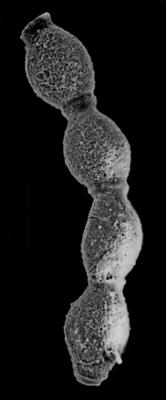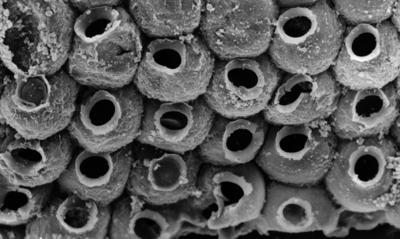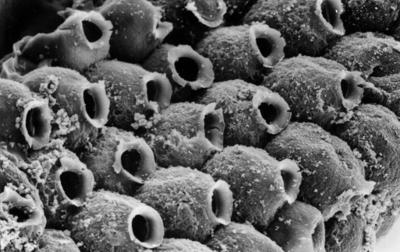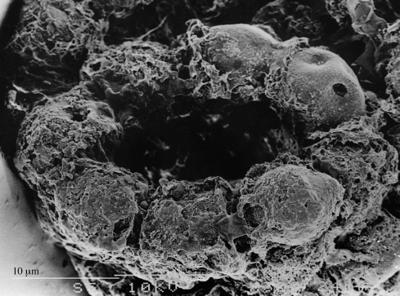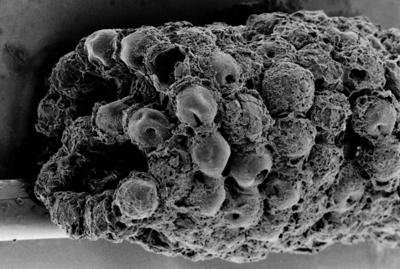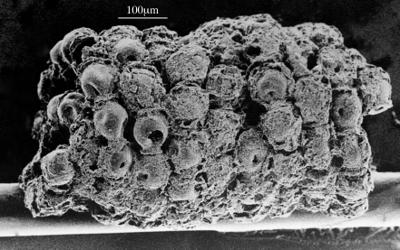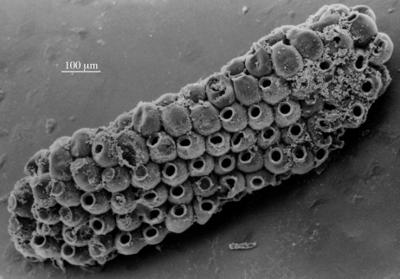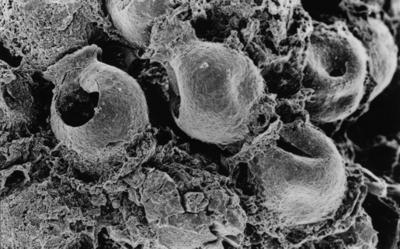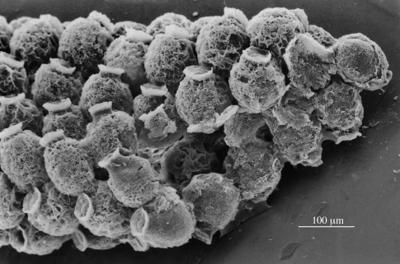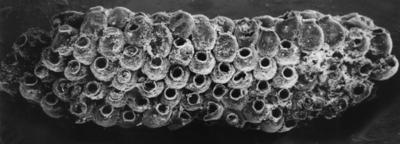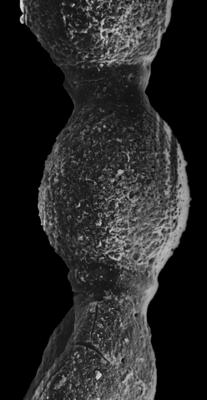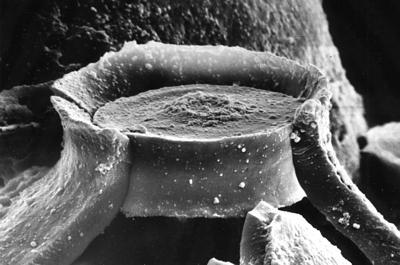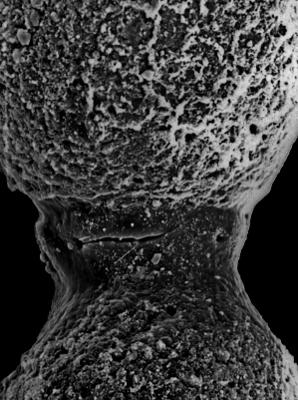Publications
Paris & Nõlvak, 1999
| ID | 477 |
|---|---|
| Reference | Paris & Nõlvak, 1999 |
| Author | Paris, F., Nõlvak, J. |
| Year | 1999 |
| Title | Biological interpretation and paleobiodiversity of a cryptic fossil group: The “chitinozoan animal” |
| Journal | Geobios |
| Volume | 32 |
| Number | 2 |
| pgs. | 315-324 |
| Source type | article in journal |
| Language | English |
| DOI | 10.1016/S0016-6995(99)80045-X |
| Abstract | Chitinozoans are used to evaluate, at the species level the variations of diversity within a cryptic fossil group from their emergence to their ultimate demise. The chitinozoans appear to be a group suitable for such investigations because of their fairly restricted range, world-wide distribution and rather limited number of described species. However, before using this group, it was necessary to demonstrate that chitinozoans represent an ontogenic stage (eggs) in the life-cycle of a cryptic group (i.e. virtually non fossilisable soft bodied organisms). The eggs register the variations of diversity affecting the group and are therefore valid indicators of species diversity. Our results reveal the dramatic diversification of the group in its early stage, reflecting the incorporation of numerous innovations and an accelerated radiation phase lasting twenty millions years, from the late Tremadoc to the Llanvirn. The end-Ordovician faunal crisis and its Eo-Silurian recovery are also well documented. The decline of the group occurred as early as the Lower Devonian and its extinction at the very end of the Devonian, after a brief increase in diversity during the Givetian. However, depending on the time units used, the shape of the biodiversity curves varies significantly and some artefacts may be present. At the series level, only the major tendencies are recorded, whereas at the stage level, additional second-order signals, not firmly related to abiotic events, are revealed. |
Photos


